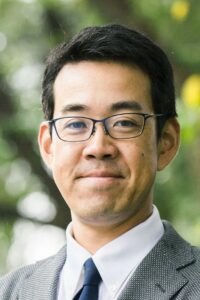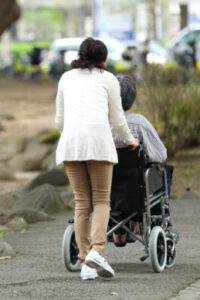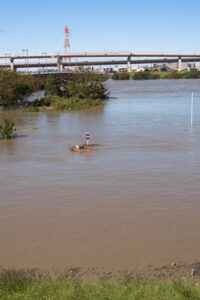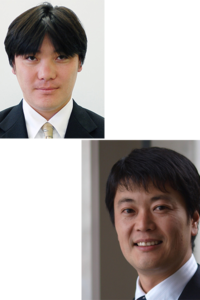
Hayasaka Shinya, Professor, Tokyo City University For some twenty years, I have conducted medical research on bathing as a lifestyle habit. That experience has taught me one thing with certainty. It is that “Bathing is the best health practice that people in general can do.” It is easy and inexpensive, can be done every day without trouble, and it is very effective. We affectionately call bathtub bathing “ofuro” in Japanese. I suspect Japan is the only country in the world where nearly every house across the country is equipped with such an “amazing health promotion tool.” In fact, the great health effects of bathing have been proven medically. Some examples include increasing immune functions, adjusting autonomic nervous responses, improving blood flow, activating basic metabolism and enzymes in the body, and reducing mental stress. It has an astounding variety of effects. Among them, I ... ... [Read more]








